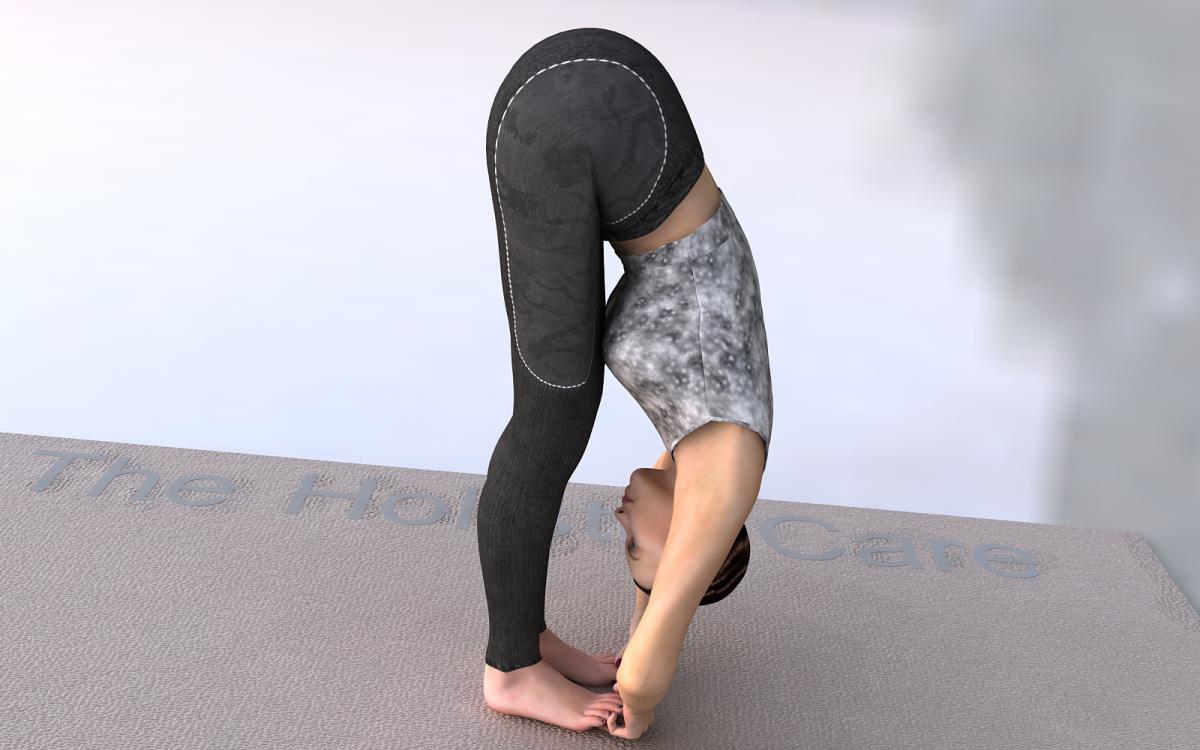Padangusthasana, also known as the Big Toe Pose, is a standing forward bend that focuses on stretching and strengthening the body. The name originates from the Sanskrit words "pada" (foot) and "angustha" (big toe). This pose, often referred to as Padahastasana in some traditions, is highly beneficial when executed with full awareness, relaxation, and visualization.
Position of Readiness:
- Stand Erect: Keep your legs together, hands by the sides of your thighs.
- Gaze Forward: Look straight ahead.

Steps:
- Inhale and Exhale:
- Inhale slowly, filling your lungs completely.
- Exhale slowly, bending forward as much as possible.
- Touch Your Lower Body:
- Aim to touch your knees, calves, ankles, or feet.
- Move slowly and in a relaxed manner.
- Place Your Hands:
- Bend further and try to place your palms on the ground beside your legs, with fingers pointing forward.
- Place your forehead between your knees.
- Hold the Position:
- Stay in this position for 5 seconds or longer, as comfortable.
- Release the Posture:
- Bend your knees slightly.
- Press the soles of your feet downward and drop your tailbone.
- Gradually lift your torso, returning to the original standing position.
- Repeat:
- Perform the pose two to four times.
Benefits:
- Activates Abdominal Organs: Stimulates kidneys, liver, and pancreas.
- Aids Digestion: Helps with indigestion and tones abdominal muscles.
- Relieves Stiffness and Pain: Eases stiffness in the spine and pain in hip joints.
- Improves Breathing: Beneficial for breathing problems.
- Stretches Muscles: Stretches the hamstring muscles of the thighs.
Note:
- Health Precautions:
- Individuals with high blood pressure, heart disease, or acidity should consult a yoga expert before practicing this pose.
Incorporate Padangusthasana into your daily yoga routine to experience enhanced flexibility, improved digestion, and overall well-being.